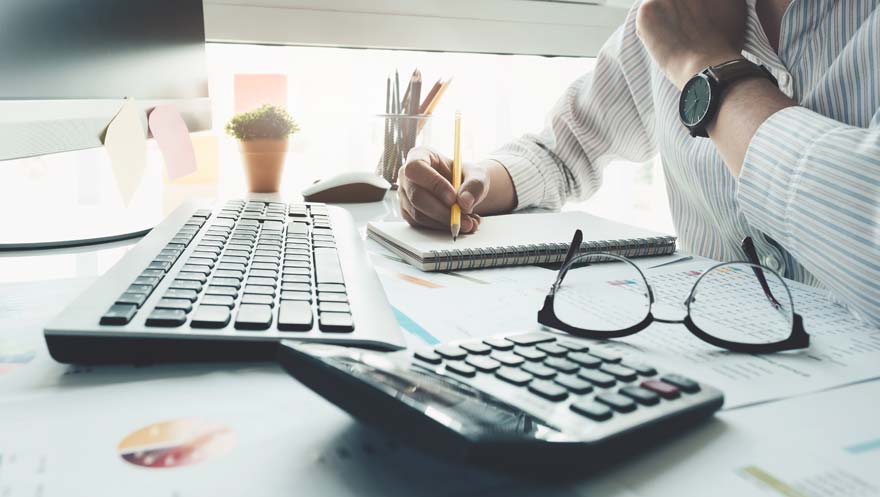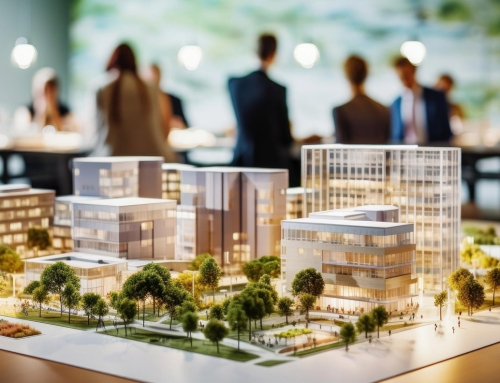Ihe commercial real estate cycle is predictable in some ways, but not in others; The Recession certainly taught us that; and the lesson still resonates in the sector today.
While we know that every cycle comes to an end to begin again, the trick is in determining when the end will come and what it will look like. CRE investors have many important questions as a cycle winds down. Which industries will be most affected? What are the best ways to protect investments? Where is the best place to invest for the next cycle?
Much of the worry surrounding ending cycles is about minimizing impact. Fortunately for the CRE industry today, there’s reason to believe that the impending downturn may not require as much hand-wringing as the last one. With a deeper look into this cycle’s indicators, origin’s, and defining characteristics, we can get a better picture of what to expect ahead.

End of Cycle Indicators
The commercial real estate market is flush with positive indicators at the moment. GDP growth is the highest it’s been in a decade. Combine that with high consumer confidence, and it can be easy to ignore the warning signs of a pending downturn.
But turn it will, as the commercial real estate cycle always does. After this year finally saw the treasury yields invert for the first time since 2007, investors and brokers are on the alert.
We’ve covered the question of what “inning” we’re in in the real estate cycle before, and have reason to believe that we’re in the final stretch. Given the circumstances, however, there doesn’t appear to be need to panic—this might be the softest downturn we’ve experienced in a long time. There are a few reasons why.
This Cycle’s Origin
It’s important to remember how unique this particular cycle is from those which came before it. The Recession dealt a heavy blow to the commercial real estate market, but its repercussions were not limited to real estate alone. Many professions and industries suffered, more than they had in past downturns, and it took a while to recover.
The depth of The Recession explains the particularly long nature of our current cycle: the market needed time to get back to normal. While, in hindsight, that makes perfect sense, it’s understandable that seasoned investors and brokers have been getting antsy while watching and waiting for the cycle to end.
Historically Informed Caution
Because of this cycle’s impactful beginnings, commercial real estate investors, lenders, and brokers have been understandably cautious. Banks have tightened up their requirements from borrowers, who have been relying less on borrowed money overall. Brokers put more weight into existing net operating incomes instead of predictions, and loan to value ratios are high.
Even Congress has taken steps to enforce more responsible lending practices. Most lenders now require evidence that a property investor can account for tenant improvements, leasing conditions, and debt coverage ratios that allow room for a financial “cushion” in case things don’t go as planned.
More restricted lending means more investors are tapping personal funding for properties, which tends to encourage more cautions decision making to ensure the longevity of investments. Thanks to that approach, overdevelopment in most markets has been avoided, explaining the particularly long cycle we’re experiencing. This is all very promising for predictions of what the pending downturn will look like.

What Does This Mean for the Downturn?
Though the cycle is long and has conflicting indicators about when the downturn will happen, perhaps part of the reason for all of that is that the ride has been less bumpy this time around. With more inhibited lending practices, and more intentional borrowing and development, it’s likely we’ve just experienced one of the most stable cycles in recent history.
There are other contributing factors, of course. Despite the recent rise in interest rates, they are still at historical lows. While some small loan investors are at higher risk with these hikes, most still have plenty of rate spread and amortization to cushion a blow. Construction costs have also risen recently due to labor shortages and tariffs. These costs and associated delays have also likely contributed to the prevention of overdevelopment.
With all this information combined, it appears likely that we may never quite experience something resembling a recognizable “final inning” for this cycle. Characterized by more reserved investing and lending practices, and slower development due to other outside factors, the lack of rapid overdevelopment of properties purchased with borrowed money means that the downturn to come will deal a much softer blow.
Some markets may get hit harder than others, and it’s important to keep in mind that many will be affected by the rise of e-commerce. Overall, however, disciplined investors in this cycle may be rewarded for their responsible decision-making with minimal losses going into the next cycle.
PRC Expert Advisory
Pioneer Realty Capital offers financial advisory to investors and owners of commercial real estate as part of their core service. If you need help preparing your financial portfolio to be more recession proof, call 682-518-9416 and speak to a financial expert.













Get Social